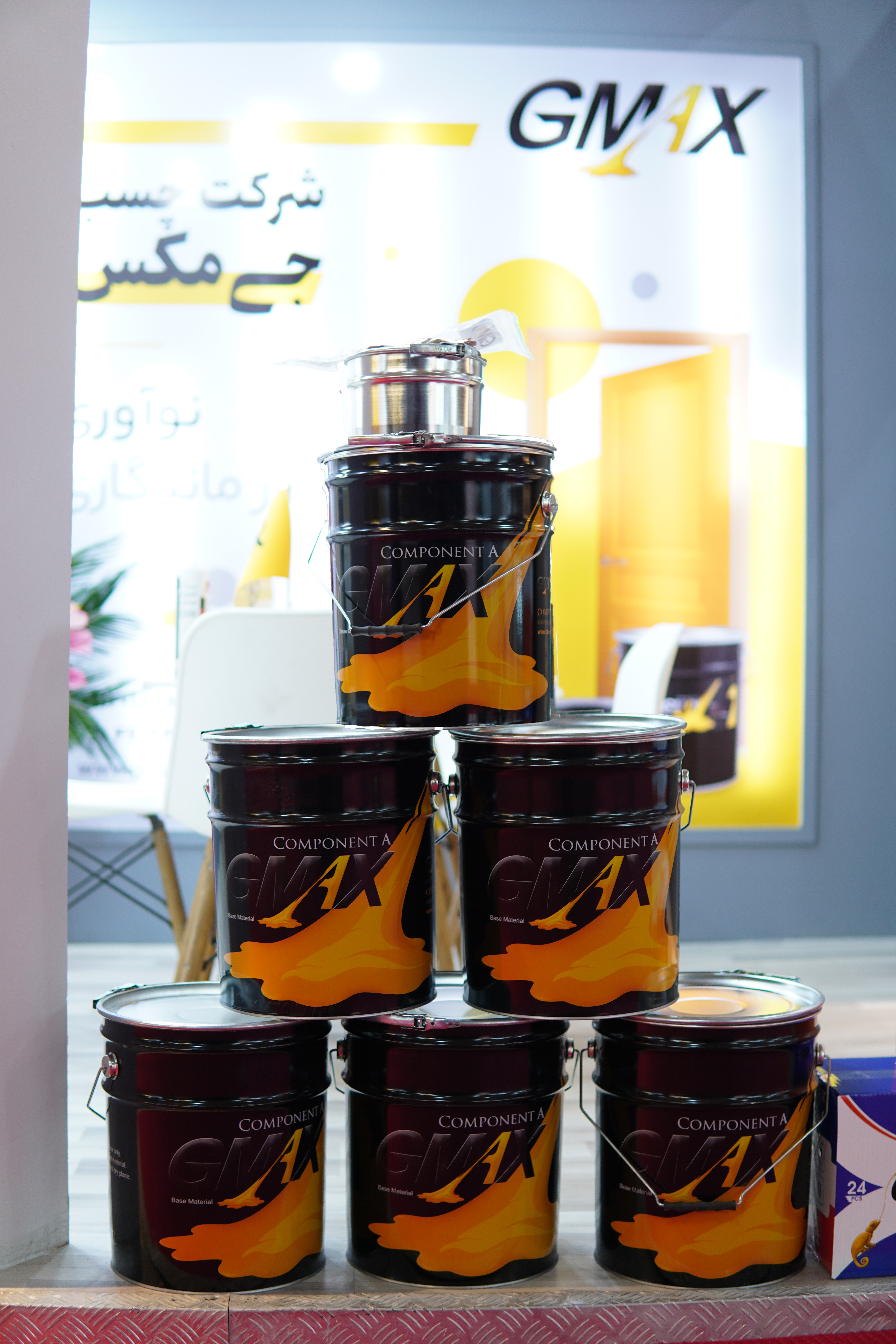What is the Difference Between Polysulfide and Polyurethane Sealant?
The key difference between polysulfide and polyurethane sealants is that polysulfide sealants are best for joints that withstand prolonged immersion in liquids, whereas polyurethane sealants are best for hull-to-deck joints.
Polysulfide sealant is a type of sealant designed for joints that have to withstand prolonged immersion in liquids. Polyurethane sealant is a type of sealant having single-component elastomeric sealant properties that tend to dry at humidity and at room temperature.
What is Polysulfide Sealant?
Polysulfide sealant is a type of sealant designed for joints that are required to withstand prolonged immersion in liquids. Generally, this type of sealant is used for swimming pools, fountains, cooling towers, fuel, and chemical storage tanks, wastewater treatment, and petrochemical plants.
Polysulfide sealant provides a durable, elastomeric, weather-tight seal for caulking joints in commercial and industrially important projects. It is particularly effective upon exposure to solvents. Two common and commercially available polysulfide sealant types are PRIMEFIX and GMAX.
Typically, polysulfide sealants cure at normal temperatures through the creation of a tough elastomeric seal that tends to adhere tenaciously to masonry, metal, and wood. Furthermore, this type of sealant is able to withstand repeated expansions and contractions and remain resilient through daily and seasonal cyclic changes in temperature. Moreover, polysulfide sealants have excellent chemical, solvent, and water resistance alongside the withstanding of joint movement of up to a difference of 25%.

Important Features of Polysulfide Sealant
- Ability to be used or joint sealant between similar and dissimilar materials
- Glazing and caulking
- Resistant to splash and spill contact with jet fuel
- Perfect for dynamic joints that are subjected to chemicals
- A wide range of service temperature
What is Polyurethane Sealant?
Polyurethane sealant is a type of sealant having single-component elastomeric sealant properties that tend to dry at humidity and at room temperature. We can use polyurethane sealant for sealing and gluing. This sealant type is widely used because it has good elastic properties, and its strength on different surfaces is high. Furthermore, polyurethane sealant has good resistance towards impact and vibration. It also has high mechanical strength compared to silicone.
Polyurethane sealants are organic. Therefore, they show less durability compared to some quality silicone sealants. For instance, the shelf life of this product is about 5-10 years, with various effects considered.
Polyurethane sealants are useful in industrial applications, recreational tools, handicrafts, etc. It is mainly useful for sealing and sample joints and is suitable for spaces that are exposed to moisture. Moreover, these sealants have very good properties, which shows a great impact on the durability and performance of materials, and it is useful in places having frequent vibrations.
Important Features of Polyurethane Sealants
- Very high adhesion to different surfaces
- Resistance towards moisture and other weather conditions
- Resistance towards corrosive agents
- High flexibility
- Resistance towards sunlight
What is the Difference Between Polysulfide and Polyurethane Sealant?
The key difference between polysulfide and polyurethane sealants is that polysulfide sealants are best for joints that require withstanding prolonged immersion in liquids, whereas polyurethane sealants are best for the hull-to-deck joint.
The below infographic presents the differences between polysulfide and polyurethane sealants in tabular form for side by side comparison.

Summary – Polysulfide vs Polyurethane Sealant
Polysulfide sealant is a type of sealant designed for joints that are required to withstand prolonged immersion in liquids. Polyurethane sealant is a type of sealant having single-component elastomeric sealant properties that tend to dry at humidity and at room temperature. The key difference between polysulfide and polyurethane sealants is that polysulfide sealants are best for joints requiring the withstanding of prolonged immersion in liquids, whereas polyurethane sealants are best for the hull-to-deck joint.

